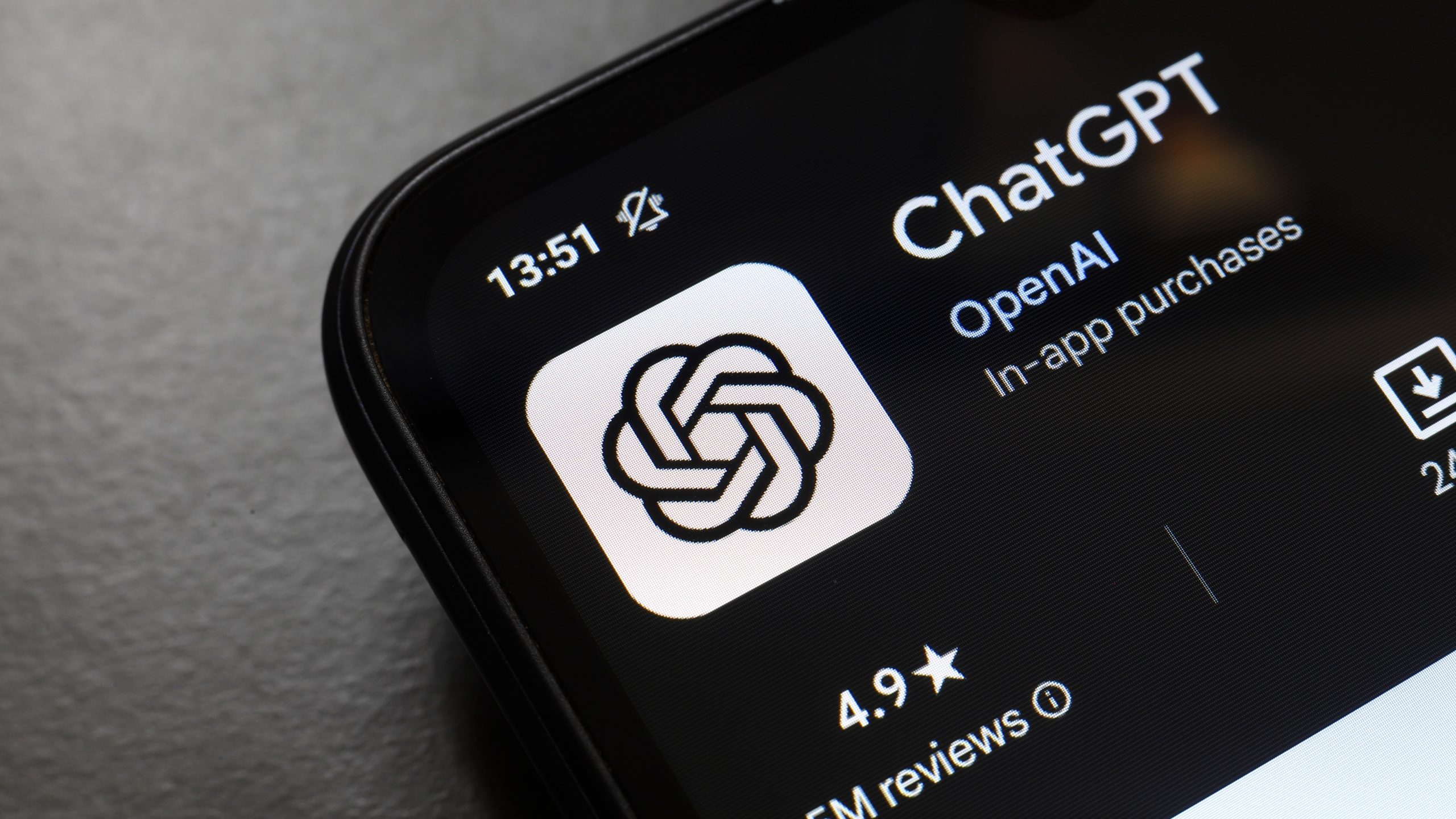When OpenAI announced its newest model, GPT-5, last week, it likely did not expect the reactions it received. Though previous launches have been met with enthusiasm from proponents of AI, the loudest feedback was highly critical.
The biggest complaint was that GPT-5 did away with all legacy models, including the fan-favorite GPT-4o, which upset users with specific workflows as well as others who had developed emotional attachment to the models. GPT-5 also purported to “intelligently” switch between its own models based on user prompts, but it wasn’t initially clear which model you were actually interacting with, further frustrating users. In short, it was a bit of a mess.
OpenAI has been in damage control mode ever since. The company brought back GPT-4o for paid subscribers, then returned other legacy models as well, which should appease users who missed a particular model’s specific way of working. But GPT-5 itself is has also been revised, as Sam Altman announced on X: If you tap on the model picker, you’ll notice distinct models to choose from, granting you greater control over how GPT-5 performs.
Here are the different models, and how each is intended to work:
Auto: This is the default GPT-5 model, and the one initially rolled out last week. The idea is that you let the model decide how long it should “think,” based on how complex your prompt is.
Fast: OpenAI says this model provides “instant answers.” While it’s certainly fast, it does require some loading time—but the model is not “thinking” like a reasoning model does.
Thinking mini: OpenAI says this model thinks “quickly,” and it’s true. When I tested it with the following prompt—”Break down a complex scientific concept like quantum mechanics or black holes so it’s easy to understand for a general audience”—ChatGPT says it “thought for a couple seconds” before generating an answer.
Thinking: This is GPT-5’s most “powerful” model, and it takes its time “thinking” with the goal of offering the best answer possible. When I tried this model with the prompt above, it thought for 21 seconds before answering.
In addition, if you subscribe to a ChatGPT plan, you’ll be able to tap “Legacy models” to choose from GPT-4o, GPT-4.1, o3, and o4-mini.
As Sam Altman noted in his post on X, the rate limit for GPT-5 Thinking is 3,000 messages per week. If you hit that, you’ll get extra capacity on GPT-5 Thinking mini. Altman thinks Auto is the model most users will want to use, though I’m not sure. I’d bet most users actually don’t want to worry about running up against rate limits, which Auto could help with. But at the same time, people who use ChatGPT might like the additional control over their model. If you want ChatGPT to think about an answer longer, but the model thinks your prompt is simple, it might not think for as long as you’d expect it to—and the answer you get back might not be what you’re looking for.
